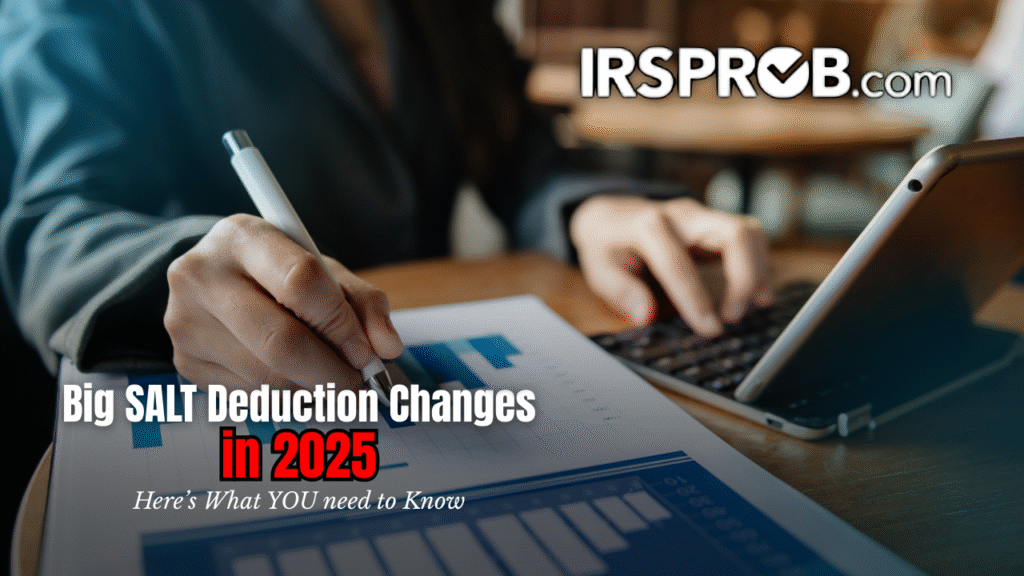
Let’s Start with the Basics
For the past few years, taxpayers in high-tax states have been stuck with that $10,000 SALT deduction cap. Property tax bills went way beyond it, but that was all the IRS let you write off. If you’ve been paying $25,000 or $30,000 in local taxes, you know exactly how frustrating that cap was.
Now comes the One Big Beautiful Bill Act (OBBBA). Starting in 2025, the ceiling shoots up to $40,000 for couples filing jointly and $20,000 if you file separately. That’s a serious upgrade.
But there’s always a catch.
The Income Trap
Here’s the deal. The new higher deduction looks amazing on paper, but if your income is too high, you don’t actually get all of it.
- Once your MAGI hits $500,000 (half that if you file separately), the deduction starts shrinking.
- The IRS trims it down by 30% of the amount over the threshold.
- No matter what, you’ll always be allowed at least $10,000.
So middle-income and upper-middle-income households in high-tax states win big. Ultra-high earners? Not so much.
Three Quick Scenarios
Their income is $300,000, their SALT bill is $50,000. They get the full $40,000 write-off.
The almost-there couple
Income $550,000, SALT bill $60,000. The phase-out cuts them down to $25,000. Better than before, but not the max.
Income $700,000, SALT bill $70,000. They fall back to the bare minimum $10,000.
If you’re in that middle group, some smart planning can help you hang on to more of the deduction.
Income Tax or Sales Tax?
Business Owners Get Another Route
Here’s where it gets interesting. Many states created SALT workarounds for LLCs, S-corps, and partnerships. Instead of you paying SALT on your personal return, the business pays it and writes it off as a business expense. That way, you avoid the cap completely.
If your state allows this and you’re not using it yet, it’s time to have that conversation with your CPA.
Practical Moves That Actually Work
Keep an eye on your income. If you can spread out capital gains or time Roth conversions, you may stay under the $500,000 line.
Don’t forget the senior deduction. OBBBA added an extra break for folks over 65. Pair that with SALT and you’ve got more breathing room.
Use entity strategies. If you’re running a pass-through business, the workaround can save you thousands.
It’s not glamorous tax planning—but it’s real money.
One More Thing: The Clock Is Ticking
Here’s the part a lot of people miss. This higher cap isn’t permanent. Starting in 2030, the deduction goes right back to $10,000 unless Congress changes the law again.
So the next five years are your window. Use them wisely.
Common Questions asked for SALT Deductions
Families in high-tax states making under $500,000.
Do I have to pick between sales tax and income tax?
Yes. You can’t have both.
Does every business owner qualify for the workaround?
Not automatically. It depends on your state laws, but most pass-throughs are eligible.
Will this law stay past 2029?
Hard to say. As of now, the cap reverts to $10,000 in 2030.
Quick Recap
SALT cap jumps to $40,000 in 2025
Gets smaller once income passes $500,000
You can still choose income versus sales tax
Business entity workarounds stay alive
It all sunsets in 2030 unless extended
Resources Worth Checking
IRSProb Blog: Practical breakdowns and updates
IRS Topic 503: SALT Deduction
Bradford Tax Institute: OBBBA SALT Rules
Tax Policy Center: SALT Explained







